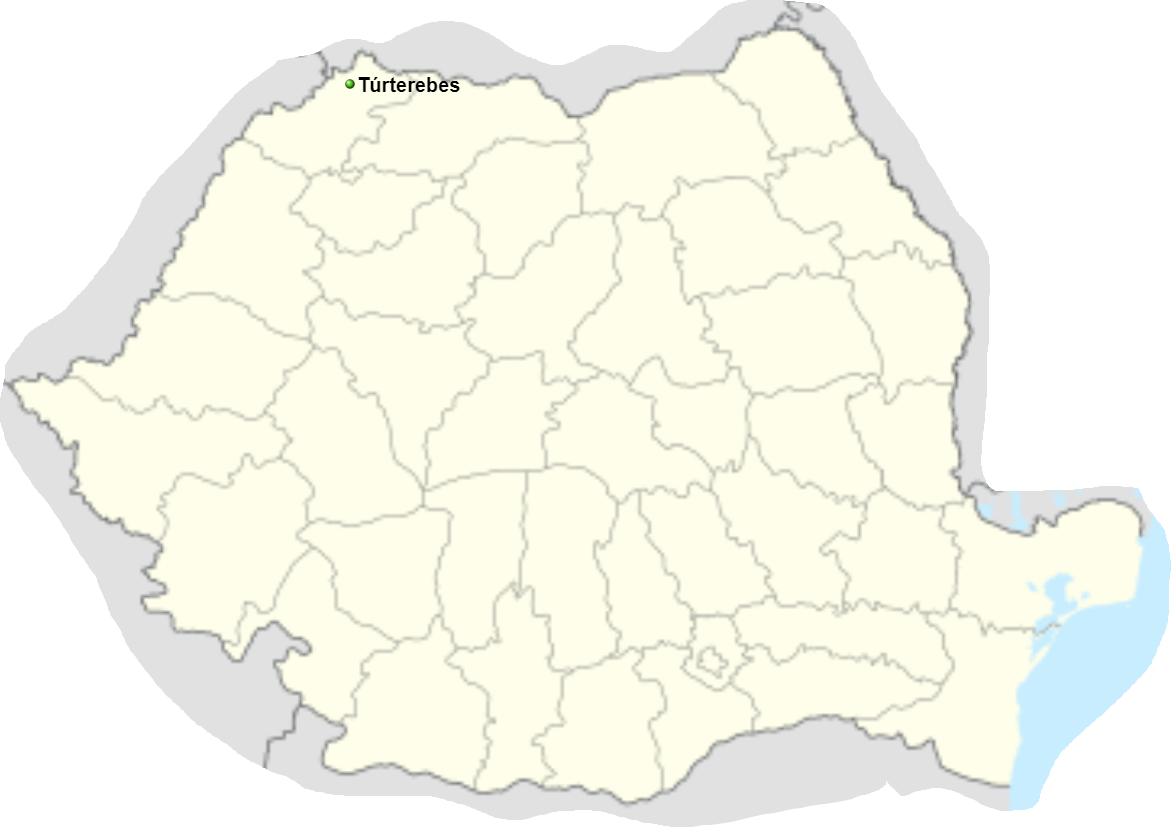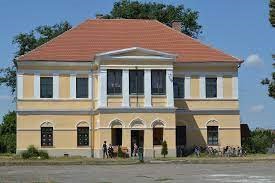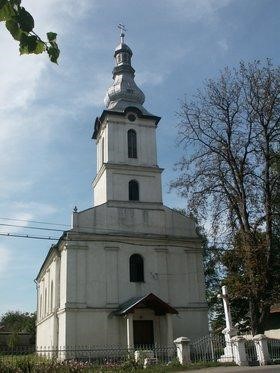Turulung settlement in Romania, Satu Mare County, 25 km northeast of Satu Mare, on the left bank of the Túr River.The prefix of its name refers to the river Túr, which flows through the settlement, while the suffix of its Slavic origin means eradication.
The area around the settlement was already inhabited in the Paleolithic era, which is confirmed by the finds from this period found in the area.
Turulung was already a populated settlement at the beginning of the 15th century, and at that time it belonged to the territory of Ugocsa.
The name of the Árpád-era settlement is mentioned in contemporary documents as early as the early 1200s. In 1241, during the Tatar invasion, the village was depopulated, but later it was populated again.
It had several owners from the middle of the 13th century to the end of the 15th century.At the end of the 14th century, the Perényi family became the owner of the settlement and it remained theirs for centuries to come.Through the Perényi family, it reached Szatmár County and remained part of it until the Trianon Peace Treaty.
Pál Reizer became the head pastor of the Roman Catholic Diocese of Szatmári (1990–2002), and was then succeeded by Jenő Schönberger (2003–). Also a native of the village, Dr. Ferenc Cserháti, who became auxiliary bishop of the Esztergom-Budapest Archdiocese in 2007, and to whom the Hungarian Episcopal Conference entrusted the pastoral care of Hungarians abroad




